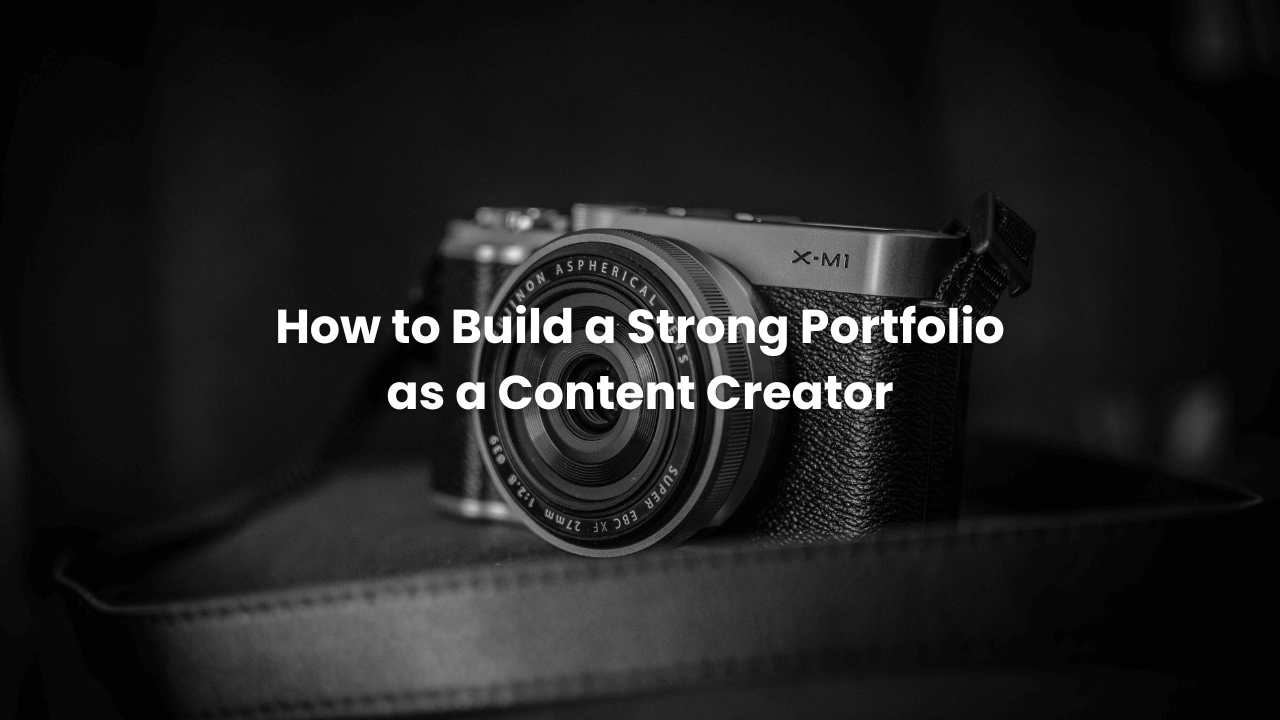Whether you’re a freelance writer in Delhi, a video editor in Bangalore, or a self-taught graphic designer from Pune, one thing is clear—your portfolio is your most valuable tool as a content creator. It’s not just a collection of work; it’s your creative identity, your resume, and your pitch—all in one place.
If you’re looking to land freelance gigs or full-time roles on platforms like CreatorHire, a strong portfolio can make all the difference. Here’s how to build one that truly stands out.
1. Start with What You Have
You don’t need to wait for big clients or paid work to build your portfolio. Use what you already have:
- Edited a friend’s YouTube video? Add it.
- Designed an event poster for college? That counts.
- Written a blog post for a local site? Include it.
If you’re new and don’t have real-world work, create spec projects—made-up assignments that show your skills. Redesign a popular app’s interface, make a highlight reel from stock footage, or write a review of a product you love. It still demonstrates your creative thinking and ability to execute.
2. Curate Your Best Work
A good portfolio is not about quantity; it’s about quality and relevance. Avoid uploading everything you’ve ever done. Instead, select 5–10 strong pieces that reflect the kind of work you want to be hired for.
For example:
- If you’re a video editor focused on short-form content, feature reels or Instagram-style edits.
- If you’re a writer targeting tech clients, focus on articles, guides, or case studies in that niche.
Think of your portfolio as a curated exhibition, not a dumping ground.
3. Tell the Story Behind Each Project
A common mistake is showing the final result without any context. Don’t just show the work—explain it.
For each project, briefly describe:
- What the project was about
- What your role was
- Tools or software you used
- Any specific challenges you solved
This shows your thought process and gives potential clients more confidence in your abilities.
4. Design It for Easy Viewing
Your portfolio should be easy to navigate, well-organized, and cleanly presented. You can use platforms like:
- Behance or Dribbble (for visual creatives)
- YouTube, Vimeo, or Instagram (for video creators)
- Notion, Google Sites, or a personal website (for multi-disciplinary creators)
Once it’s ready, include the link in your CreatorHire profile so employers can quickly see your work when browsing talent.
5. Add a Personal Touch
Many creators forget to include a short “About Me” section. Even two or three sentences about who you are, your creative interests, and what kind of work excites you can make a big impact.
Clients want to work with people, not just portfolios—this section helps humanize your profile.
6. Update It Regularly
Treat your portfolio as a living document. Every few months, set aside time to:
- Add recent work
- Remove outdated or less relevant projects
- Update links, bios, and contact info
Keeping it fresh ensures you’re always ready when the right opportunity comes, especially on fast-moving platforms like CreatorHire, where new listings go up all the time.



